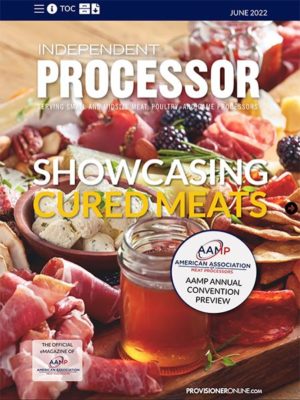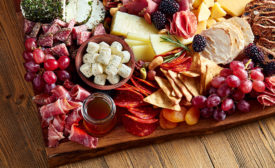Home » Publications » Independent Processor
Independent Processor

June 2022
Cover Story
Back to TopFeature Articles
Back to TopUSDA local food sales survey finds direct-to-consumer sales ebb
Food sold locally through direct-marketing practices nets more than $9 billion in revenue in 2020.
Read More
Southwest Meat Association readies for Gulf Coast get-together
Join SMA at the beaches of Galveston, Texas, for the association's 66th Annual Convention & Suppliers’ Showcase.
Read More
Get our new eMagazine delivered to your inbox every month.
Stay in the know with The National Provisioner's comprehensive coverage of the meat and poultry processing industry.
SUBSCRIBE TODAY!Copyright ©2024. All Rights Reserved BNP Media.
Design, CMS, Hosting & Web Development :: ePublishing



.png?1647275041)



